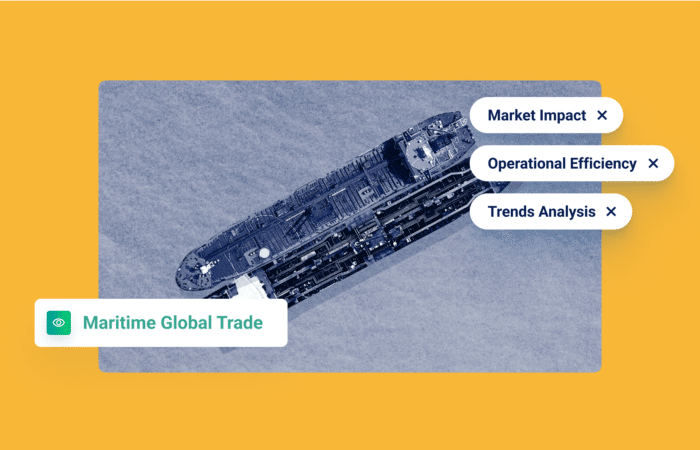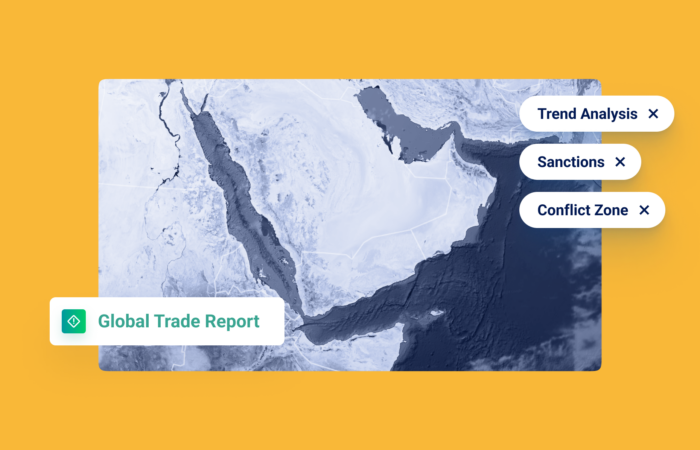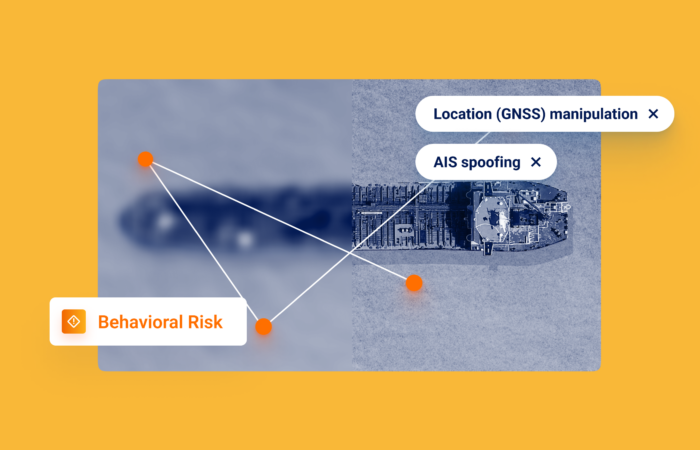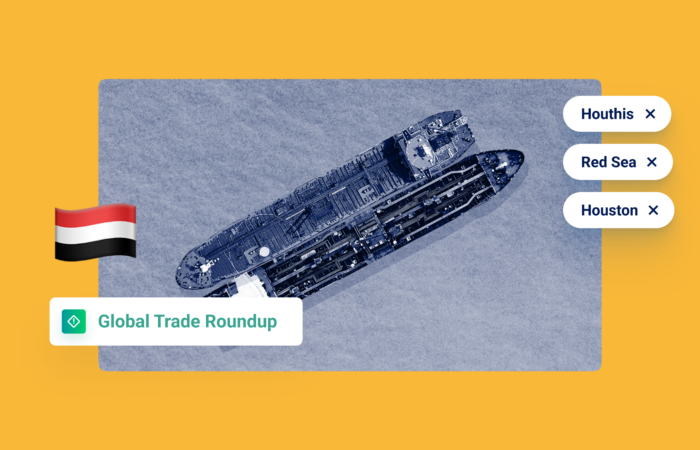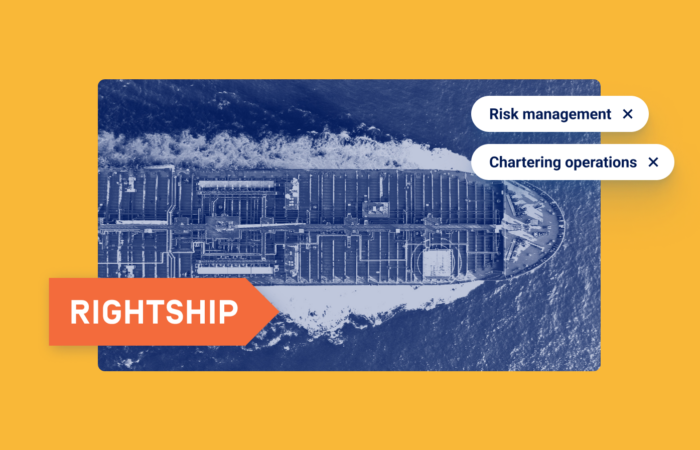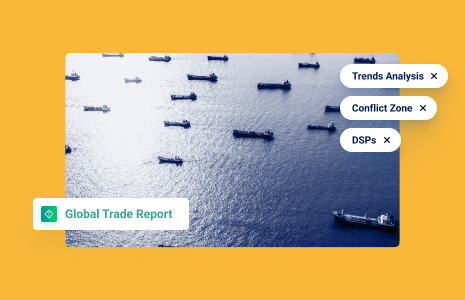What’s inside?
The Houthis continued to roil the waters of the Red Sea over the past week and a half. Here’s a quick recap and some AI-driven insights from Windward that go beyond media reports.
Another Follow-the-Leader Effect?
Two vessels near the Gulf of Aden were forced to seek the support of the U.S. Navy after explosions occurred nearby on Wednesday. No damage was caused to the Maersk Detroit or Maersk Chesapeake.
“Following the escalation of risk, (Maersk Line, Limited) MLL is suspending transits in the region until further notice,” it said on Wednesday.
We saw a follow-the-leader effect a month ago after the world’s largest carrier announced it would avoid the Red Sea. Expect another wave of supply chain disruption – there were still 32 UK and U.S. vessels transiting the area this past month, according to Windward’s Maritime AI™ platform.
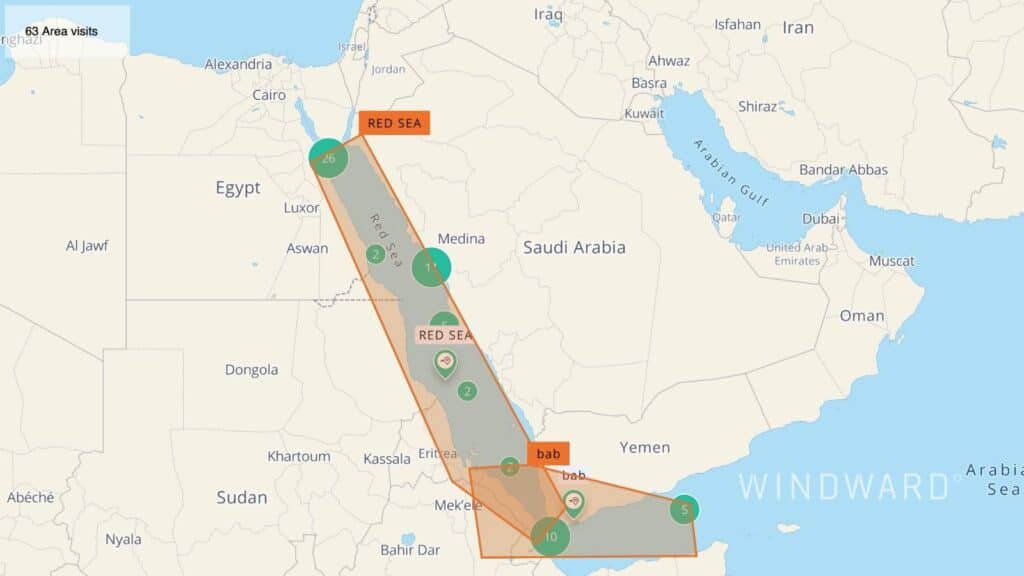
This recent incident, coupled with earlier ones (see below), will further drive insurance premiums up and create even more disruptions as a greater number of charterers and carriers avoid the area. Freight and insurance rates will continue to rise…
Trade flows are changing, which is why we launched our new Sequence Search. It’s a unique way for users to conduct advanced analysis of vessels’ behavioral typologies and trade movements by searching for a sequence of activities. It also helps contextualize the journey, enabling users to see if route deviations were conducted for security reasons, or for concealing illicit activities.
Genco Picardy Incident
A bomb-carrying drone allegedly sent by the Houthis hit the U.S.-owned Genco Picardy vessel last week, starting a fire onboard. Windward Co-Founder and CEO, Ami Daniel, shared some interesting insights about this incident via LinkedIn.
The vessel appeared to travel from the Sudan area, considered its options, and then turned off its AIS. Going dark obviously didn’t help.
As noted in our expert-rich webinar on the Red Sea crisis, there are still publicly-available ways to track a vessel, so disabling the AIS probably isn’t effective in this situation or worth the potential trouble it could cause.
Genco Picardy was the second U.S.-flagged vessel to be hit last week and the third bulk vessel in two days. The vessel was hit by a drone, which have so far proven to be nuisances that aren’t causing major damage or sinking ships…but are obviously contributing to the major rerouting that is occurring.
You Can’t Forget the “OTHER” Conflict…
While much of the world is justifiably focused on the Red Sea, the war between Russia and Ukraine is intensifying and could have a major impact on your organization.
Ust-Luga, the enormous Baltic Sea fuel export terminal, was forced to close at the beginning of the week after media reports said a drone attack caused a fire. The attack was the third(!) on Russia’s large energy infrastructure within that week.
It’s a major export port, with more than 143 vessels of all types exporting from Ust-Luga to Europe over just the last 60 days.
This incident has added additional pressure on oil and naphtha supply chains, following a +15% drop in tanker exports via the Suez Canal. The recent actions by the U.S. government – sanctioning 18 vessels trading above the price cap – adds more pressure on Russian export routes. If this continues, we will see an impact on the price of oil and naphtha.
The risk for sanctions and getting cargo stuck on a vessel whose owner was sanctioned has never been higher. This will likely cost many millions. It’s important to know Quint-Seal very well.
Dark Activities and the Global Tanker Fleet
Meanwhile, dark activities related to Russia are spiking. Our recently-released Q4 Risk Insights Report shows that 207 tankers had a port call or a dark activity in Russia during the past month.
Also, the global tanker fleet is bifurcating:
- The dark fleet grew by 29% in Q4 2023, to include over 1,800 vessels
- The gray fleet decreased by 24% over the same period. With regulations tightening, it seems like bad actors are going back to trying to hide their behavior, and not simply conceal origins and ownership
Unfortunately, we can expect more safety events – spills, accidents, etc. – as the dark and gray fleets are NOT well-maintained.
Stay tuned for more Red Sea crisis insights next week…












